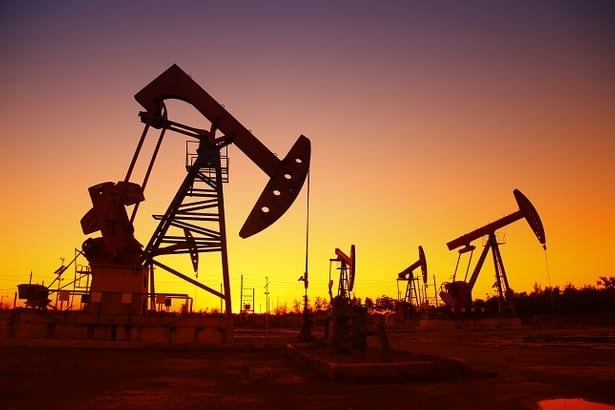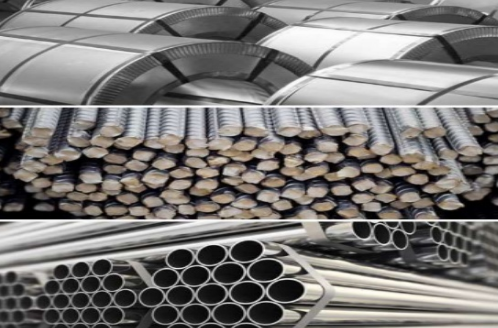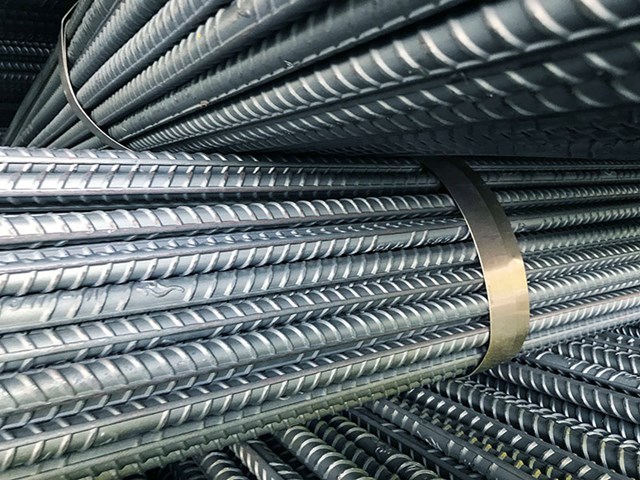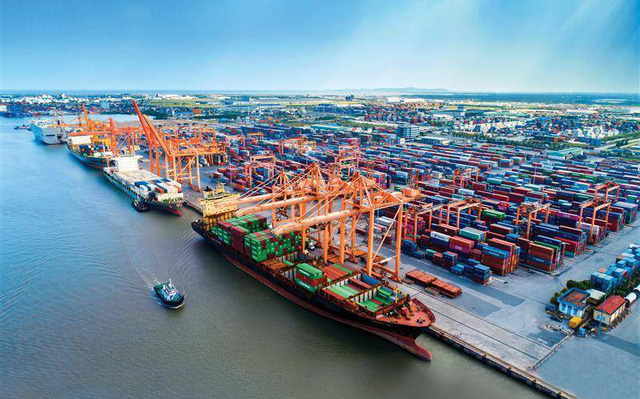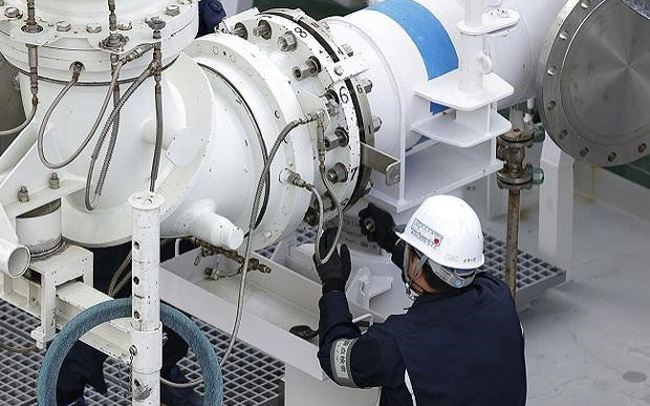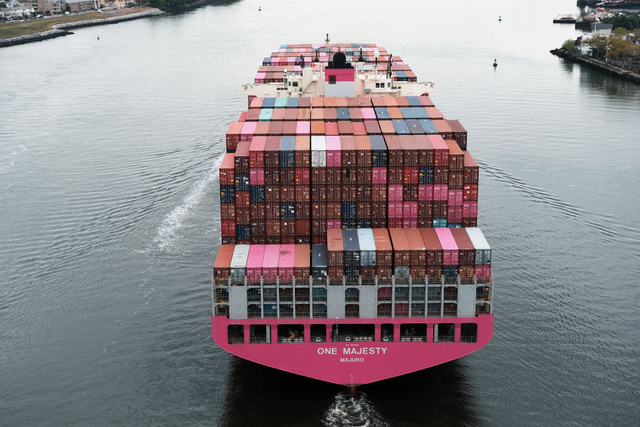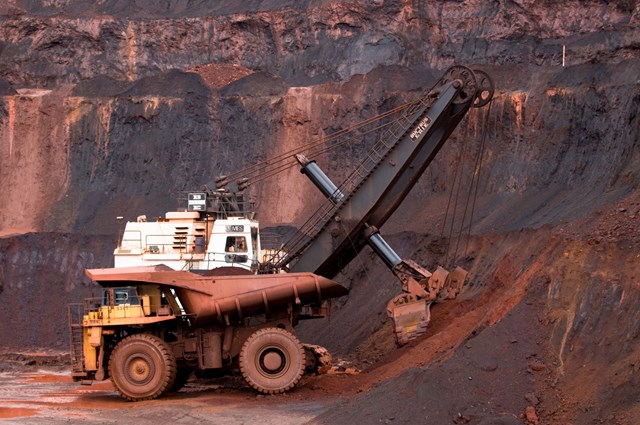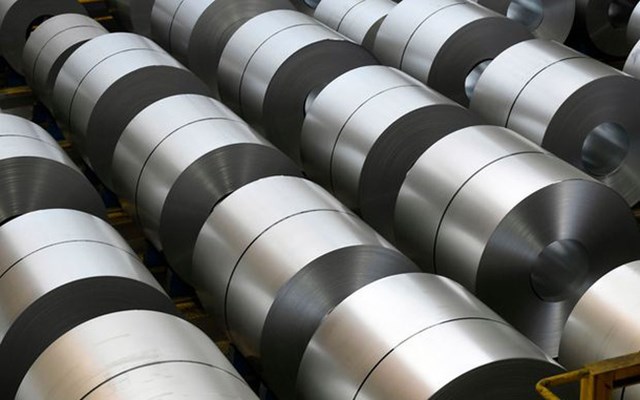Ukraine can be a “savior” for the EU when it has an abundant amount of electricity after a large part of its people have migrated from the country.
In the midst of an escalating energy crisis, Europe has turned to an unexpected alternative in the race to keep light on this winter: supplies from Ukraine.
With Russia cutting off natural gas supplies to furnaces and power plants, European Union (EU) members and Kyiv have accelerated plans to link up with Ukraine’s electricity grid. Ukraine now has ample backup power after millions of migrants and officials say they can make billions of dollars selling electricity.
Kyiv and EU members are working to open a channel for Ukraine to export that electricity to the bloc. European companies will be guaranteed electricity even in small quantities and at prices much lower than they pay for domestically produced electricity amid the deepening energy crisis.
Illustration
Volodymyr Kudrytskyi, Chairman of the Board of Directors at Power System Operator NPC Ukrenergo (the country’s only and national power system) said: “We currently have a surplus of electricity while neighboring countries Neighbors are in deficit.” According to him, a small amount of electricity could start to arrive in Slovakia, Romania and Hungary this month or in early July.
This plan can be seen as an example of how the conflict between Russia and Ukraine has fostered a deeper economic and political relationship between the EU and Ukraine. European leaders last week also paved the way for Ukraine to become a member of the bloc.
In fact, for many years, Ukrenergo has been trying to “unplug” the electricity systems of Belarus and Russia to connect with the EU. In 2017, they signed an agreement with European grid operators to bring them online by 2023.
Progress is on hold but has received broad support from European grid operators, EU and Member States Governments. But they also raised concerns on the part of energy company DTEK Group, which is owned by billionaire Rinat Akhmetov and Centrenergo PJSC.
On February 24, the day the conflict began, Ukraine pulled out of the former Soviet Union’s power grid as part of a previously planned inspection. After the army overran the border, Ukrenergo decided not to reconnect. Three weeks later, fearing the country might go dark, European operators connected their networks to Ukraine in case the country required an emergency power supply.
Although tens of thousands of kilometers of transmission cables have been damaged, refugee migration and industrial shutdowns have eroded demand even more.
With that abundant backup power source, Mr. Kudrytskyi stepped up the promotion of Ukraine to join the European power grid to open commercial electricity sales to this fertile market. The European Network of Power Transmission Operators (Entso-E) also gave the green light on June 7 to begin gradually importing electricity from Ukraine.
The challenges are not small
Infrastructure projects of this scale often take years or even decades to complete. Ukrenergo and its partner from Poland, Polskie Sieci Elektroenergetyczne SA, aim to complete the work in just a few months. Officials said American diplomats were also facilitating talks between European officials and power companies, and providing technical and financial assistance to Kyiv.
Illustration
In recent weeks, Ukraine’s power companies have carried out an overhaul so that the country’s power plants can supply electricity without destabilizing the European power system. Engineers have begun tweaking software at nuclear, hydroelectric and fossil fuel plants to correct for small deviations from the 50 hertz frequency at which the grid vibrates, said Kudrytskyi. At the same time, he said that grid synchronization is one of the most complicated problems
Workers are restoring a power line connecting the Khmelnytskyi region in western Ukraine – where the two GW nuclear plant is located – with the eastern Polish city of Rzeszow. Orlen Synthos Green Energy, a joint venture between Polish oil refiner PKN Orlen SA and chemical company Synthos SA, is trying to secure Ukraine’s power supply for the company’s power-shortened industrial operations.
Orlen Synthos CEO Rafal Kasprow says the power source has three benefits: It’s cheaper than electricity produced in Poland, has a lower carbon footprint, and it will help fund Ukraine’s defense.
Obstacles will include long wait times for a piece of equipment called a static synchronous compensator (statcom), which regulates voltage. Some need to be installed and buying them from companies like General Electric and Siemens Energy AG takes 2-3 years.
The US Agency for International Development has advised Ukraine on statcom procurement, including assisting in finding manufacturers. An alternative preferred by some energy officials and executives is to stabilize Ukraine’s electricity grid with batteries.
Maxim Timchenko, CEO of energy company DTEK, said that once the statcoms or batteries are put into operation, exports could increase to 1.6 GW per day, an increase from the current delivery level of about approx. 350 MW per day for Poland and Moldova. They could even increase further if more power lines to Europe are restored. “Ukraine can become one of the major suppliers of clean energy to European countries,” he said.
Ukrainian government officials say the country can earn the equivalent of $1.6 billion from electricity exports each year because European market prices are much higher than the cost of generating electricity in Kyiv.
However, for Kyiv to become a key player in Europe’s power mix, numerous challenges may need to be overcome. Some are concerned that Ukraine generates electricity from nuclear plants at such a low cost in part because it has not included the costs of decommissioning those plants.
Another potential cause of the dispute: Ukrainian power companies will gain a foothold in the European market because they do not have to pay for the carbon permits that EU companies must purchase under the business scheme. block emissions.
There are also other risks when Russia is still in conflict with this country and Russia could completely redesign the flow.
Reference: WSJ
T&G Import-Export Joint Stock Company
Address: 352 Hue Street, Le Dai Hanh Ward, Hai Ba Trung District, Hanoi
Hotline: 02473010868
Email: hrm@tginterjsc.com
Website: http://tgimportexport.com





